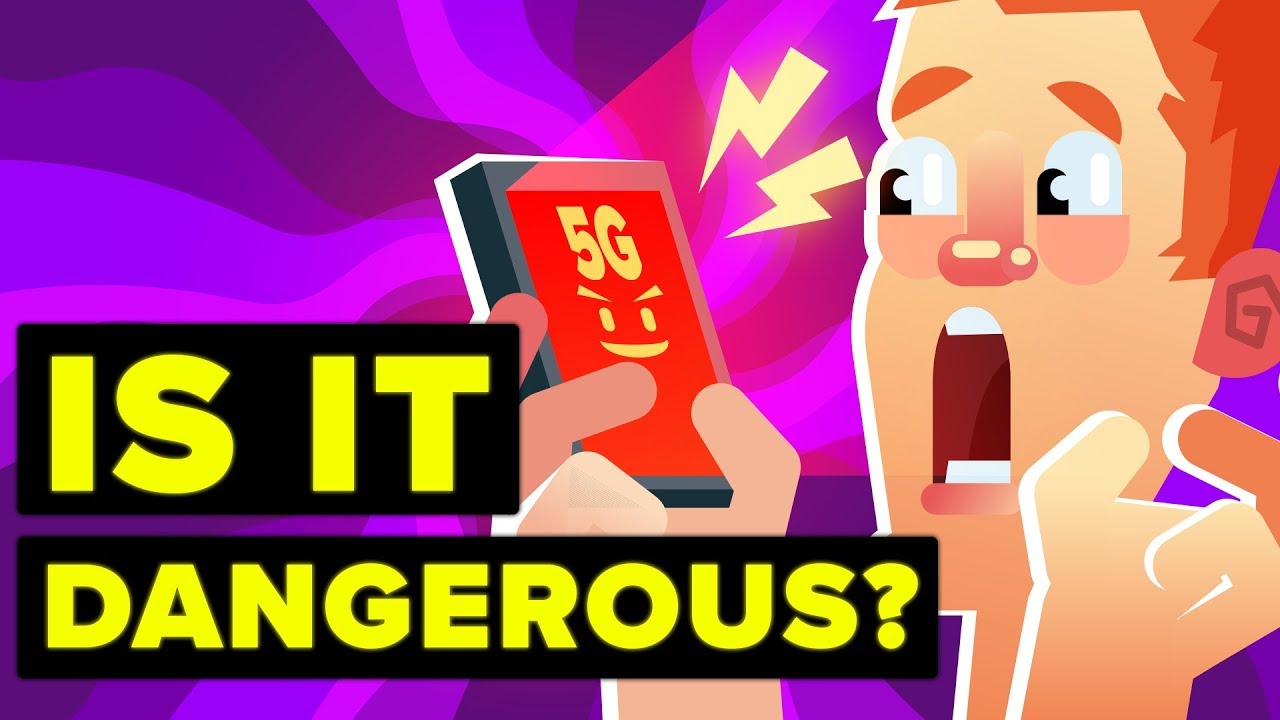The health consequences of radiation from 5G are being debated. However, one study has suggested that there is a connection between radiofrequency radiation and cancer in male rats. The study was classified before it was removed at the end of 2012 by Central Intelligence Agency, but it has proven that radiofrequency may cause cancer in animals, and even humans. In the study, researchers subjected male animals to radiation for 15 days and found that they developed the same kinds of cancers that humans develop.
The health effects of 5G radiation
While the rapid growth of wireless communication is causing the development of 5G technologies, there are growing concerns regarding the health risks of the radiation from 5G. Although higher frequencies do not penetrate the body as deeply as older technologies, scientists have identified potential effects on the system and are calling for more research. To ensure that the population is protected and protected, the European Commission is requesting independent studies to determine if this technology is posing any health hazards.
It is vital to realize that there is a significant number of misinformation about 5G's health impacts, and it is essential to dispel any misunderstandings that may persist. While the technology is not yet widely used, there are many individuals who are being told it could cause health issues, most often through social networks where sensational use of language is commonplace.
Beamforming technique
Beamforming is among the most important technologies for 5G mobile networks. It is a method of operation that uses multiple radiating elements to create narrow beams. The purpose in beamforming is minimize how much unwanted radiation is reflected in the signal that results. This method is typically employed in wireless communication systems, and is essential for 5G's low-cost coverage.
This technique is based on electronically weighing the signals from each antenna. This produces an extremely small beam of radiation that increases cell coverage indoors and near the edges of cells. This is crucial as poor coverage can cause lower user satisfaction. Apart from improving the signal, beamforming helps reduce the amount of interference a user encounters from other devices.
Power density
The energy density of 5G radiation from mobile towers should be similar to that of previous generations of 4G and 3G systems. The reason for the lower power is the sensitivity of electronic components. read more of the 2G handset was around 2 Watts, whereas that of 4G phones was approximate 200 milliwatts.
The power density measures the amount of electromagnetic energy that is absorbed by the body from a specific distance. The power density of radiation 5g is typically expressed in watts per square meters. In contrast to the SAR measurement power density is a measure of the quantity of electromagnetic energy within a given space. The limits for power density may differ for wearables and mobile devices according to their operating frequencies and distance.
Specific absorption
The Specific Absorption Ratio (SAR) is a measurement that determines the speed at which a certain frequency depositions power in human tissues. In general, the SAR number should not exceed two Watts per kilogram of body mass. This figure is derived through the electrostatic field present in tissues as well as the mass density, measured as kilograms for each cubic meters. It has recently been applied to the proposed antenna design.
The latest radio technology which comprise the 5G network operate at frequencies less than 6 GHz. These frequencies are also known by the name millimeter wave. However the FCC's SAR compliance program is only applicable to frequencies up six GHz. In addition to this, the SAR test requires that measurements are conducted in phantoms containing tissue simulating medium.
Skin health and its effects
At present, we are not aware of the health impacts of 5G radiation on the skin. https://morris-hobbs-3.blogbright.net/details-of-5g-dangers-1679613970 of the subject is inadequate due to the lack of in-vivo experiments and theoretical models. However, there is an urgent need to conduct more studies on the effects of 5G radiofrequency radiation on the human skin. The use of 5G radio frequencies could cause damage to the skin specifically to the epidermis, which is one of the most sensitive parts.

Contrary to 4G, 5G's radiation has a high frequency which has been proven to heat human body tissues. The human body is dipolar, so the increased frequency of 5G radio waves can cause heat to the skin. Exposure to radio frequencies of 5G can also affect other organs of the body, such as the brain.
